In simple terms, a capital asset is a property of any kind which is held by the assessee irrespective of whether the asset is used for personal use or business purposes. Below are certain assets, which are not considered as capital assets for the purpose of the income-tax act:
- Stock-in-trade, raw material held for business or profession
- Personal effects, for example, car, which is held for personal use*
- Rural agriculture land
- Gold deposit bonds issued under the Gold Deposit Scheme 1999
- Deposit certificate issued under the Gold Monetisation Scheme 2015
- Property of any kind, whether movable or immovable held by the assessee
* Personal effects do not include jewelry, archaeological collections, drawings, paintings, which means when these mentioned assets are sold, capital gains will be applicable.
As far as the sale of a property is concerned, the entire sale proceeds are not taxable under the head capital gains. It is only the profits earned by selling the property which is taxable. This is calculated as the difference between the sale price and the cost of the property. For income tax purposes, gains are classified as either long-term or short-term depending on the period of holding of the property.
What are the benefits of an asset being classified as a long-term capital asset?
Any profits arising from the transfer of a capital asset is a capital gain on which tax shall be levied. Below are the essential conditions which need to be satisfied for taxing capital gains:
- There shall be a capital asset
- The capital asset must have been transferred
- Profits should arise from the transfer of such capital asset
Furthermore, capital gain tax in India can be subdivided into:
Capital gains arising from the transfer of a long-term capital asset are referred to as long-term capital gains. A long term capital asset is an asset that has been held by the assessee for more than 36 months/24 months/12 months depending on the class of asset. The holding period is an essential factor while calculating capital gains.
There are 2 major benefits allowed to the assessee in case the asset is a long-term capital asset:
- The benefit of indexation is allowed.
- Certain exemptions are allowed only in the case of long-term capital assets
Exemption under section 54 of the IncomeTax Act, 1961
Under Section 54 of the IncomeTax Act 1961, an individual or HUF selling a residential property can avail tax exemptions from Capital Gains if the capital gains are invested in the purchase or construction of the residential property. Taxpayers such as partnership firms, LLP’s, companies, or any other association or body cannot claim tax exemption under section 54.
In order to claim an exemption under section 54, below are the conditions that need to be satisfied:
- The assessee must be an individual or HUF
- There should be a transfer of residential house(this can include buildings or land appurtenant)
- The asset should be a long-term capital asset
- Income from such house should be taxable under the head “income from house property”
- In a case where the capital gains do not exceed Rs. 2 crores, the assessee has been given an option to do either of the below:
- Purchase two residential houses in India within 1 year before or 2 years after the transfer
- Construct two residential houses in India within a period of 3 years after the date of transfer
- In a case where the capital gains exceed Rs. 2 crores, the assessee can either:
- Either purchase one residential house in India, within 1 year before or 2 years after the date of transfer
- Construct one residential house within a period of 3 years after the date of transfer
The above conditions are cumulative and the exemption would not be applicable in case any of the conditions are not fulfilled.
What is the amount of Exemption available under Section 54 of the Income Tax act?
The quantum of exemption under section 54 of the Income Tax Act, 1961 is below:
- If the cost of the new residential house is greater than the long term capital gains, the entire long term capital gains are exempt.
- If the cost of the new residential house is less than the long term capital gains, the long term capital gains to the extent of the cost of the new house are exempt.
With Budget 2023, the limit on the exemption under section 54 is capped at Ra 10 crores.
Illustration on quantum of exemption under section 54 of Income Tax Act, 1961
Let us understand the above with the help of an example. Let us suppose that Aditya has a residential property house that he sold for Rs. 1 crore. The cost of the residential house property was Rs. 20 lakh. Assuming this is a long term capital asset, with the proceeds, he purchased a new residential house worth 40 lakhs.
Below is how his capital gains will look like:
| Particulars | Amount |
| Sale price of the house property | 1,00,000,000 |
| Purchase price of the new residential house | 20,00,000 |
| Capital gains | 80,00,000 |
| Investment in the new house property | 40,00,000 |
| Balance capital gains | 40,00,000 |
The exemption will be lower of the capital gains and the investment in the new property. Therefore 40 lakh will be the exemption that can be claimed by Aditya.
Adding to the above example, suppose the cost of the new house purchased is more than the capital gains computed on the sale of the original house. In such a case, the entire capital gains will be exempted.
Furthermore, if the new house is again sold within a period of 3 years, then the cost of acquisition will be reduced by the capital gains which was earlier exempted to arrive at the cost of the new house.
Let us understand the above with the help of an example. Mr. C had a property which he sold and had a capital gain of Rs. 20,00,000 in April 2019. In the month of November 2019 he purchased a new property for Rs. 30,00,000. Again in January 2020 he sold this property for Rs. 40,00,000.
Below is how the capital gains for Mr. C will be calculated:
| Particulars | Amount |
| Capital gains on the transfer of the residential house | 20,00,000 |
| Less: Investment made in the new property | 30,00,000 |
| Net capital gains | NIL |
Financial year 2019-20
| Particulars | Amount |
| Capital gains on the transfer of the residential house | 40,00,000 |
| Less: Cost of acquisition* | 30,00,000 |
| Net capital gains | NIL |
* calculation of cost of acquisition:
| Particulars | Amount |
| Cost of acquisition of the new property | 30,00,000 |
| Less: capital gains exempted earlier | 20,00,000 |
| Cost of acquisition of the new house | 10,00,000 |
What are the provisions relating to the transfer of property after claiming benefit under Section 54 of income tax act?
If the new asset is sold before 3 years from the date of the purchase of acquisition, then the exemption claimed earlier will be taxable. The cost of the asset will be reduced by the capital gains which were exempted earlier.
Let us understand the above with the help of an example. Mr. A had a residential house property which he sold in May 2019 and had a capital gain of Rs. 20,00,000. In June 2019 he purchased another residential property worth Rs. 10,00,000.
He sold the new property that was purchased in June 2020 for Rs. 30,00,000.
Below is how the taxable gains for Mr. A would look like:
| Particulars | Amount (Rs) |
| Capital gain from the sale of first residential house | 20,00,000 |
| Investment in the new property | 10,00,000 |
| Balance taxable gain | 10,00,000 |
| FY 2020-21 | |
| Sale consideration from the sale of new property | 30,00,000 |
| Cost of acquisition | NIL |
| Taxable gain | 30,00,000 |
The new property was sold within 3 years from the date of the acquisition. Thus, the cost of acquisition will be considered as nil and the entire sale consideration will be considered as capital gains. Had the property been sold after 3 years, then in such case the cost of acquisition would be available as a deduction and capital gains would reduce.
What is a capital gain account scheme?
The sale of long term capital assets will either result in a gain or loss to the assessee. In a case the assessee has a gain from the sale of the asset, the income tax act allows the assessee to save the taxes by investing those gains.
A taxpayer who is unable to re-invest the capital gains can deposit the amount in a capital gain account scheme. This scheme was introduced by the government in 1988 and deals with issues of unutilized amounts under capital gains.
The scheme is applicable to the assessee who can claim an exemption under section 54 to Section 54F.
There are two types of deposits:
- Deposit Account A- This is in the form of a Savings Account, withdrawals under this type of account can be made from time to time by the depositor.
- Deposit Account B- This shall be in the form of a Term Deposit, with an option to the depositor to keep the deposit on a cumulative or non-cumulative basis. Under this type, withdrawals are allowed only after a specified period of time.
The amount which has already been incurred for the purchase or construction of the house property along with the amount invested can be claimed as cost while claiming the deduction under section 54.
Exemption Under Section 54 and Section 54F
| Section | Assessee to whom allowed | Conditions | Quantum of tax exemption |
| Exemption Under Section 54 | Individual/HUF | Transfer of a residential house, income from which is charged to tax under income from house property. The asset must be a long-term capital asset Investment in the purchase of two residential houses in India provided the taxable capital gain does not exceed Rs. 2 crores. This benefit is available once in a lifetime. | The actual amount invested or capital gain, whichever is lower. |
| Exemption Under Section 54F | Individual/HUF | Transfer of a long-term capital asset, not being a residential house. Investment in one residential house within 3 years from the date of transfer. | If the cost of the new house is less than the capital gain, the entire capital gain is exempt. If the cost of the new house is more than the capital gain:LTCG* (amt invested/net consideration) |
| Limit of Exemption | Individual/HUF | The exemption is limited to Rs 10 crores | The exemption is limited to Rs 10 crores |
Common requirements between section 54 and 54F:
- In order to claim the exemption, a new residential house must be purchased.
- The new residential house should be purchased either one year before the sale or two years after the sale of the property.
- The new residential property must be constructed within a period of 3 years of the sale of the property.
- If the taxpayer is not able to invest the specified amount before the date of filing of their return or 1 year of the same, whichever is earlier, they can deposit the amount in the capital gains account scheme.
- Only one house can be purchased or constructed.
- The exemption is limited to Rs 10 crores
Popular Income Tax Sections
Related Articles
- What are the benefits of an asset being classified as a long-term capital asset?
- Exemption under section 54 of the IncomeTax Act, 1961
- What is the amount of Exemption available under Section 54 of the Income Tax act?
- Illustration on quantum of exemption under section 54 of Income Tax Act, 1961
- What are the provisions relating to the transfer of property after claiming benefit under Section 54 of income tax act?
- What is a capital gain account scheme?
- Exemption Under Section 54 and Section 54F
- Common requirements between section 54 and 54F:












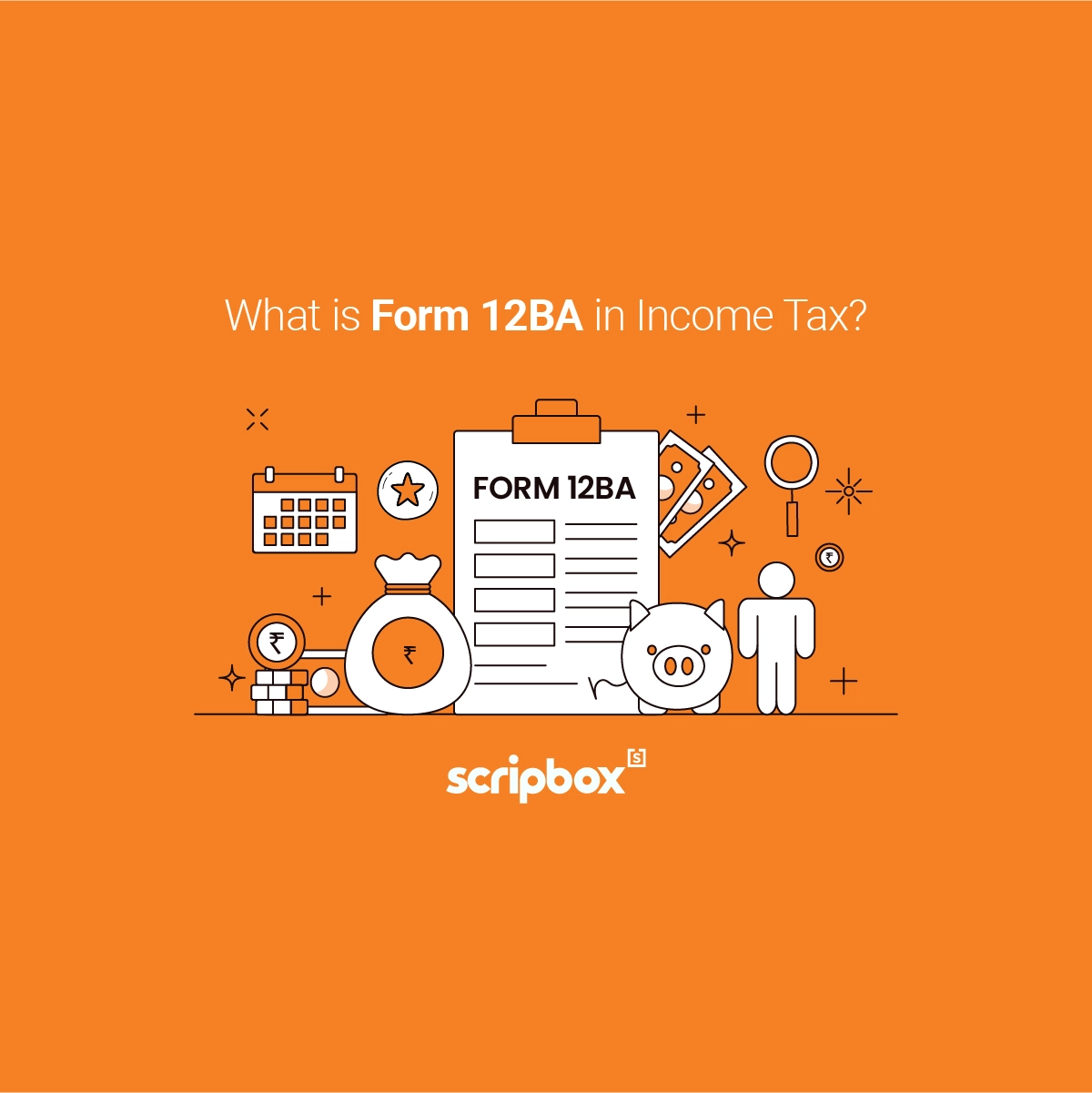
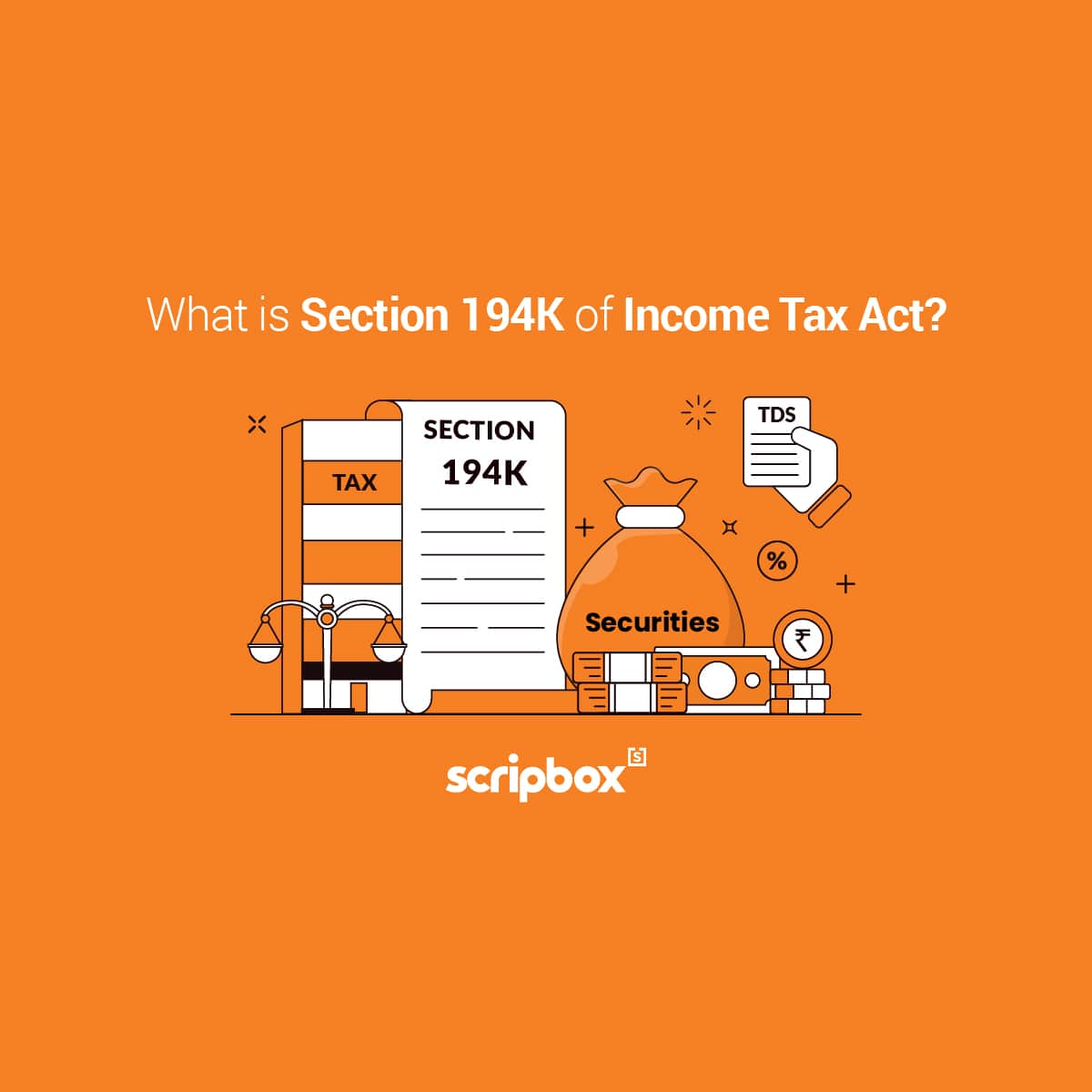
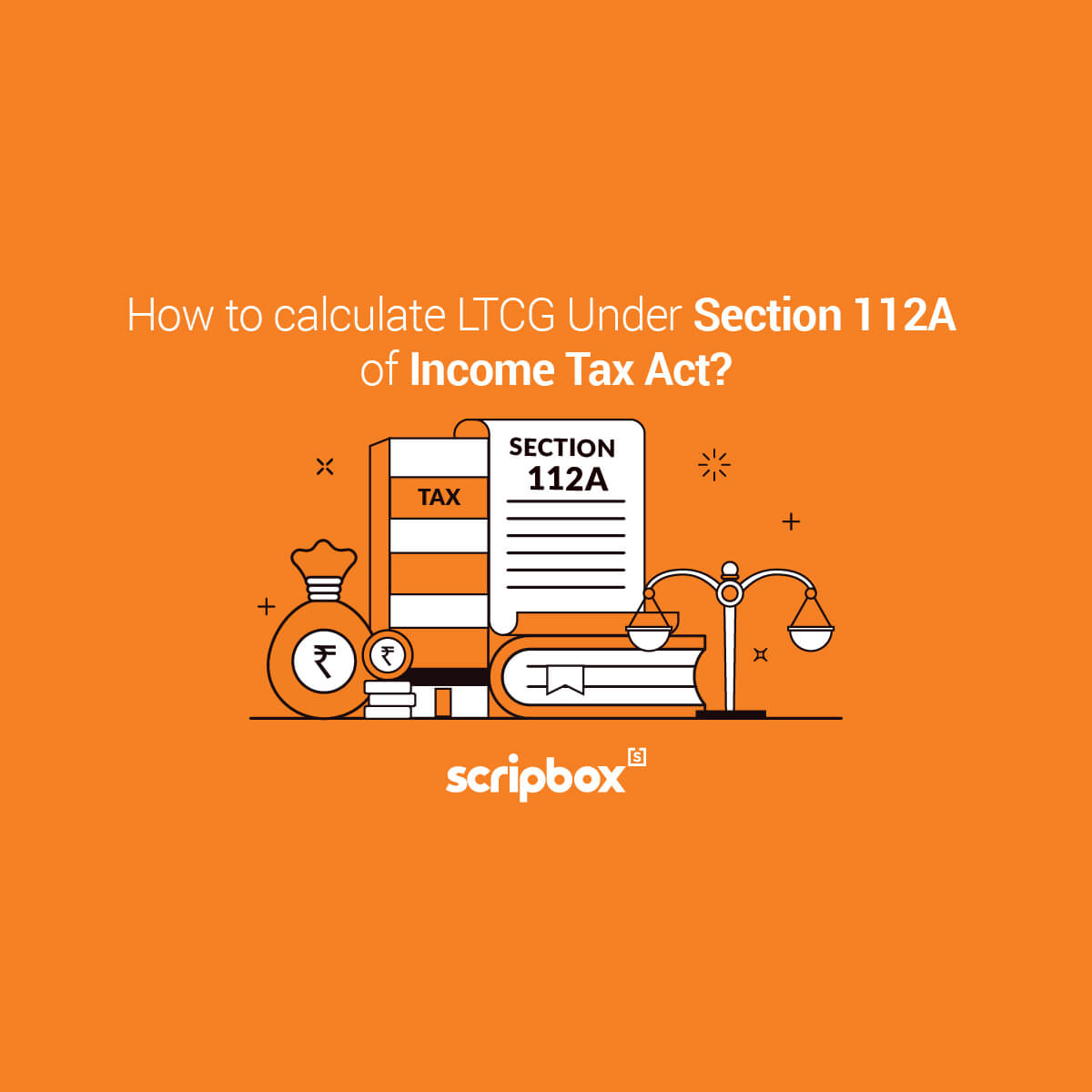
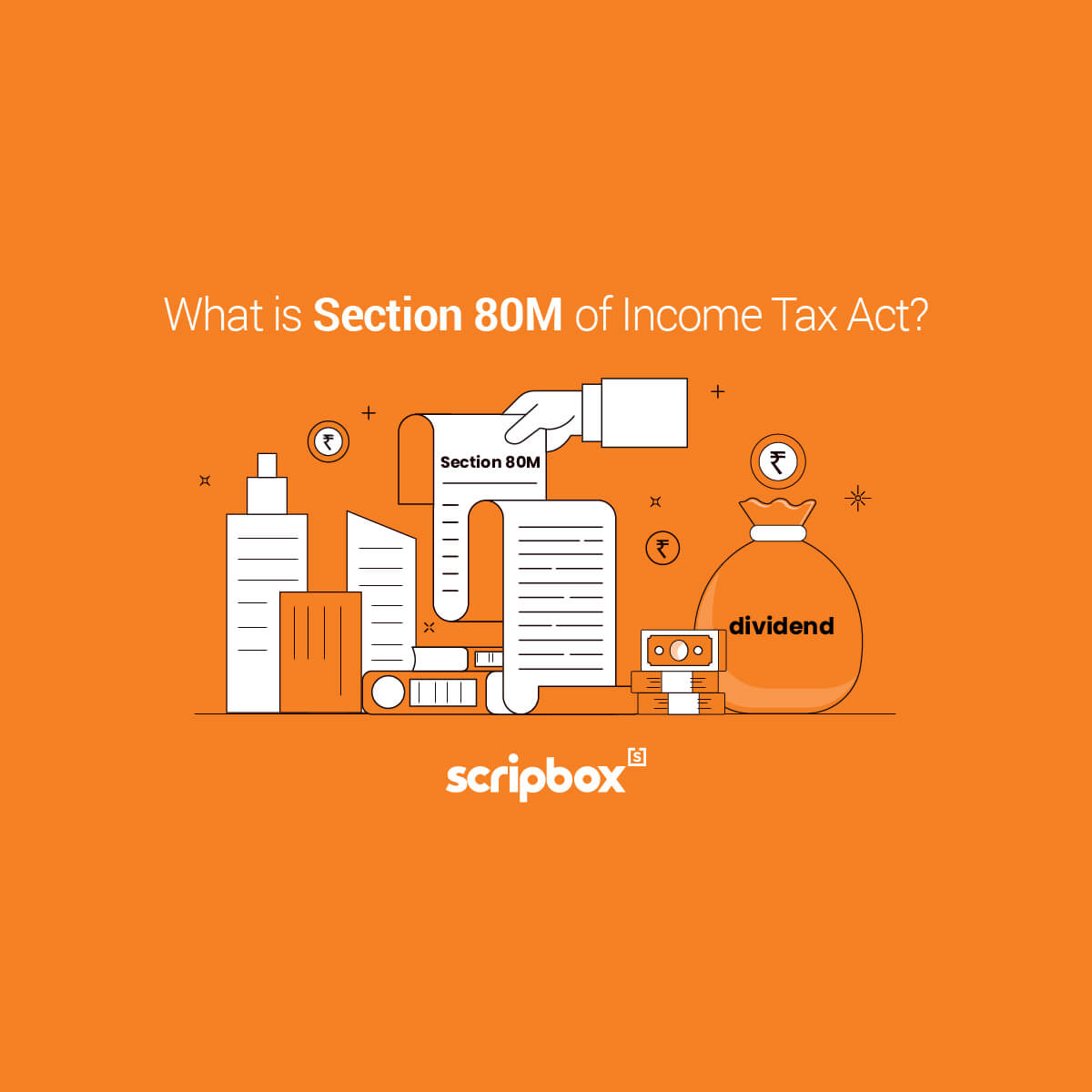
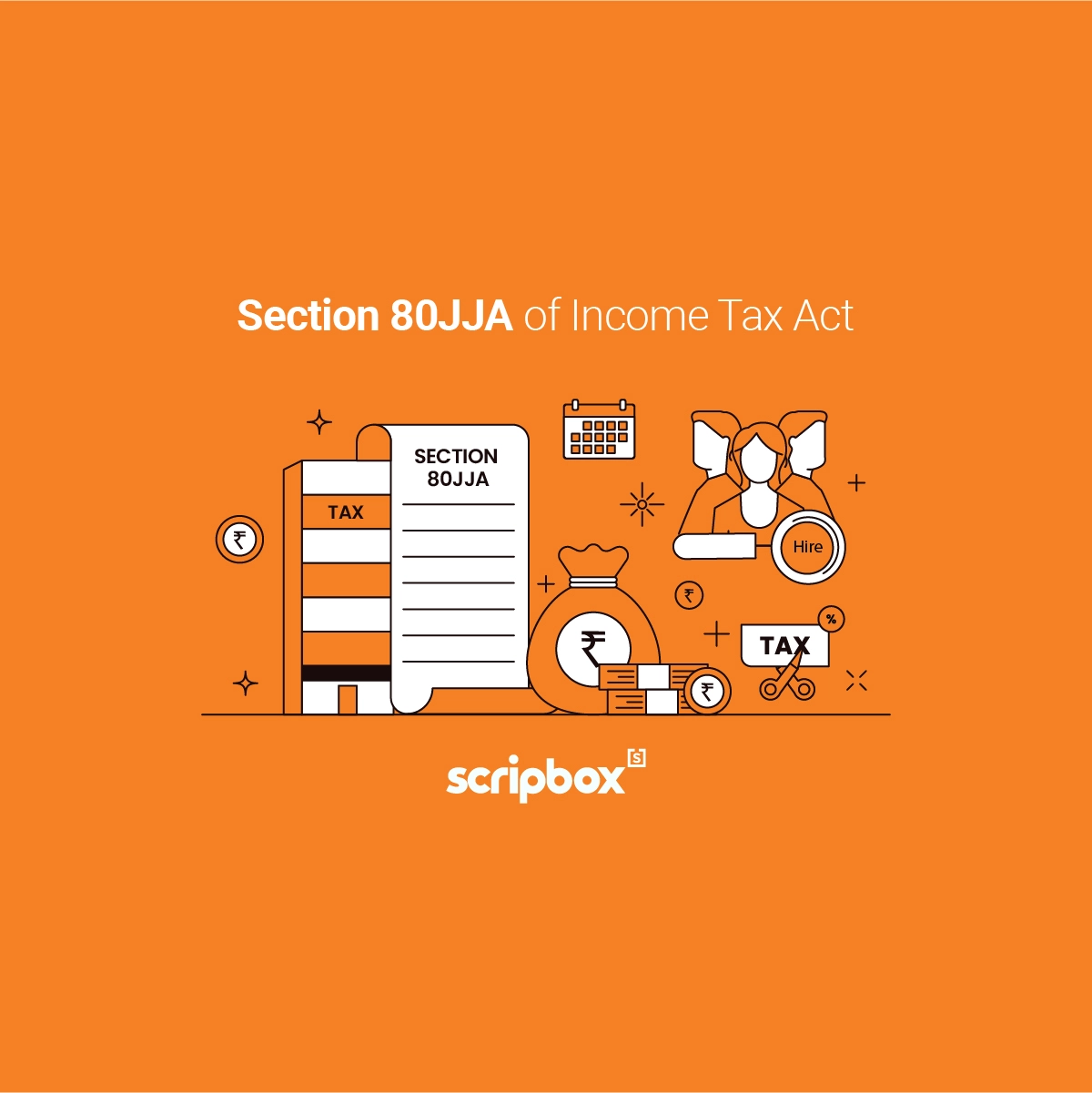
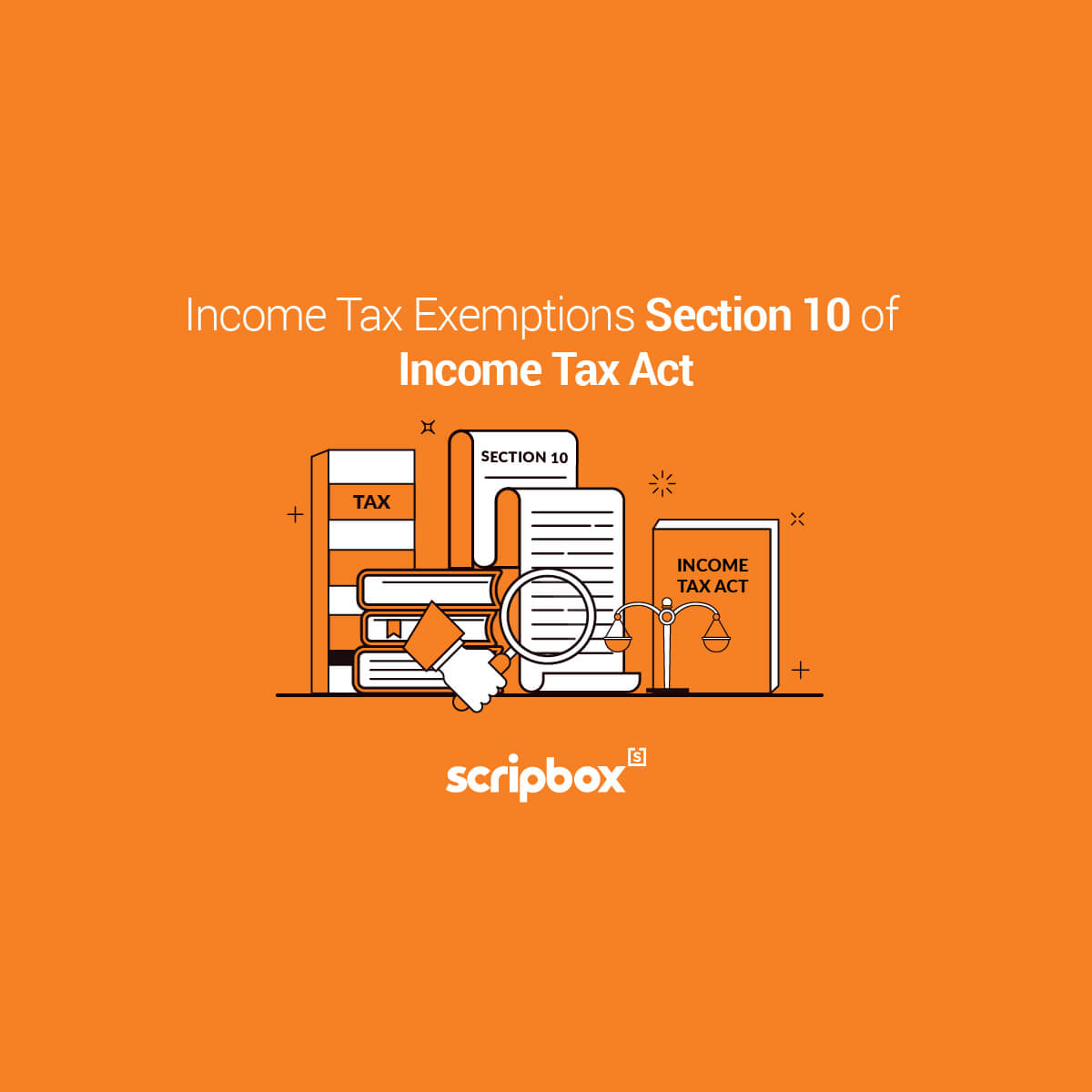






Show comments